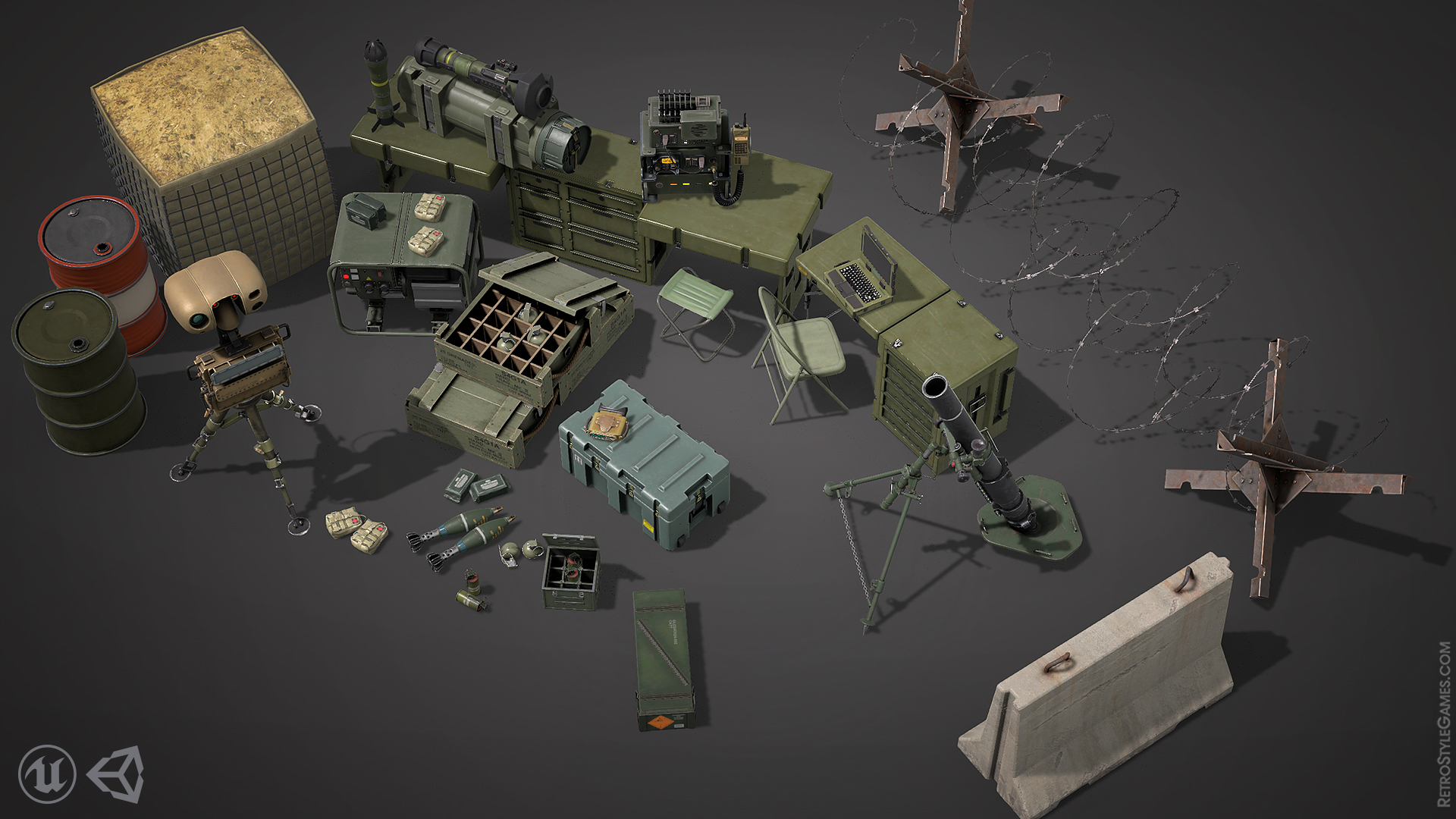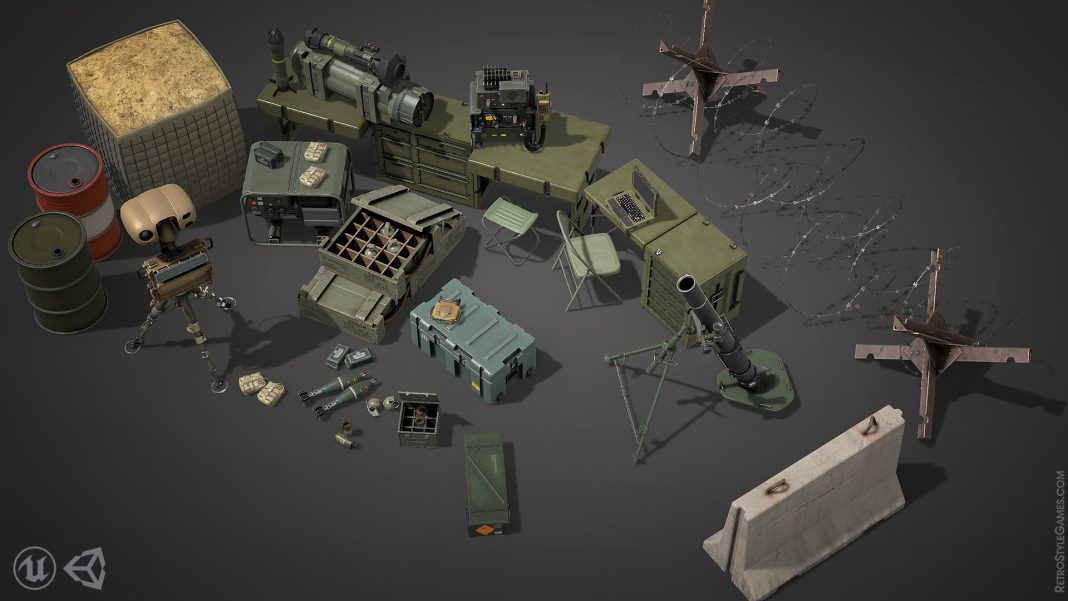 Expanding Our Capacity in Space: The Growing Threat and the Need for Action
Expanding Our Capacity in Space: The Growing Threat and the Need for Action
Introduction:
Renowned science-fiction writer Robert Heinlein once said, “The stars will never be won by little minds.” Today, this statement holds a powerful truth. As reported by The New York Times, the Pentagon is urgently striving to enhance its ability to engage in space warfare. This decision comes as China and Russia make significant advancements in space-based operations, posing a growing threat to U.S. military assets on the ground and American satellites in orbit.
Space: A Harsh Environment:
While space may seem pristine and captivating, it is, in reality, an unforgiving environment. Despite its aesthetic appeal, space shares similarities with the air and sea—beautiful yet capable of harboring danger. Just as we don’t let artists like Herman Melville or JMW Turner persuade us to ban battleships or submarines, we cannot afford to ignore the imperative of defending our assets in space.
Space as a Crucial Military Domain:
Operating in space goes beyond mere defense; it is an integral part of modern military operations. For example, U.S. carrier strike groups and infantry brigades heavily rely on space for communications, positioning information, and reconnaissance. The assistant secretary of defense for space aptly describes it as “absolutely essential to our way of war.” Recognizing this significance, Russia and China actively seek to eliminate our advantages in space.
Enhancing Resilience:
In response to these threats, we have taken steps to strengthen our satellite systems. Rather than relying solely on large, vulnerable satellites that are expensive to build and maintain, we have shifted towards smaller satellites. These satellites are cost-effective, technologically adaptable, and can be launched rapidly. Additionally, making satellites more maneuverable contributes to creating a more resilient force.
The Need for Offensive Capabilities:
However, defense alone is insufficient. To safeguard our interests, we must equip our spacecraft with non-kinetic and kinetic weapons that can disable or shoot down hostile satellites. Just as we would never construct a tank without a gun, hoping that armor and maneuverability would suffice, arming our spacecraft becomes imperative. Moreover, space-based interceptors could play a vital role in neutralizing the threat of nuclear weapons.
Countering Nuclear Threats:
The possibility of a nuclear launch can be exploited to coerce the United States in times of crisis. Furthermore, a nuclear attack could devastate American society irreparably. It is unacceptable that our primary defense against this threat relies on outdated ground-based interceptors. We should explore cutting-edge technologies like space-based lasers, long confined to the realm of science fiction. Having multiple ways to shoot down incoming nuclear missiles is an investment in national security.
Overcoming Concerns:
Some may express reservations about weaponizing space. However, it is crucial to remember that a nuclear missile travels through space. Therefore, we must not hesitate to intercept and neutralize such threats in space itself. By embracing this approach, we can protect ourselves more effectively.
Conclusion:
To address the challenges posed by China and Russia, our nation requires a laser focus and a clear understanding of the contested domain that is critical to our ability to deter and triumph in wars. As we navigate the complexities of space warfare, let us not be little minds but rather visionary leaders who secure our interests and maintain our status as a global military power.


